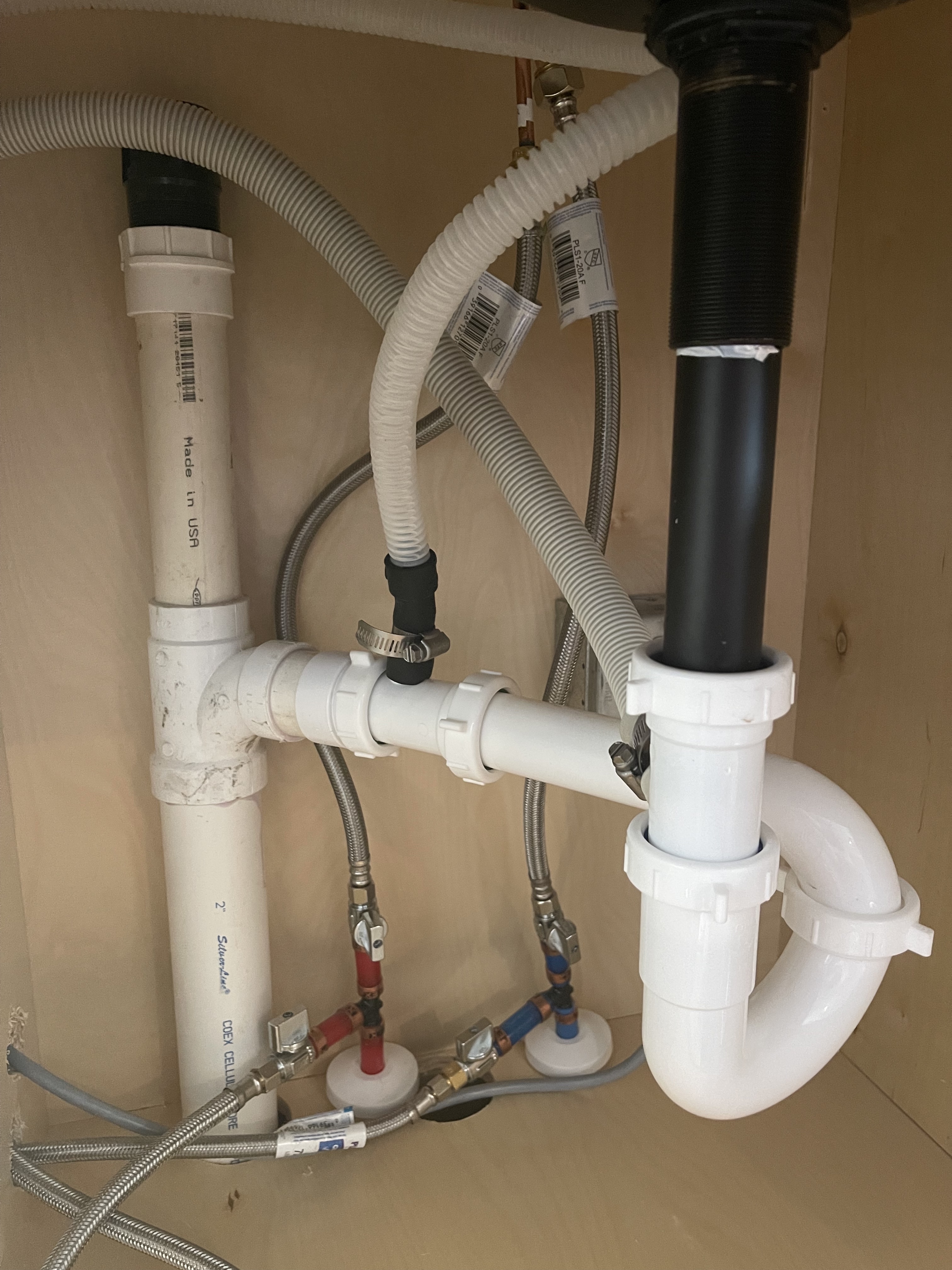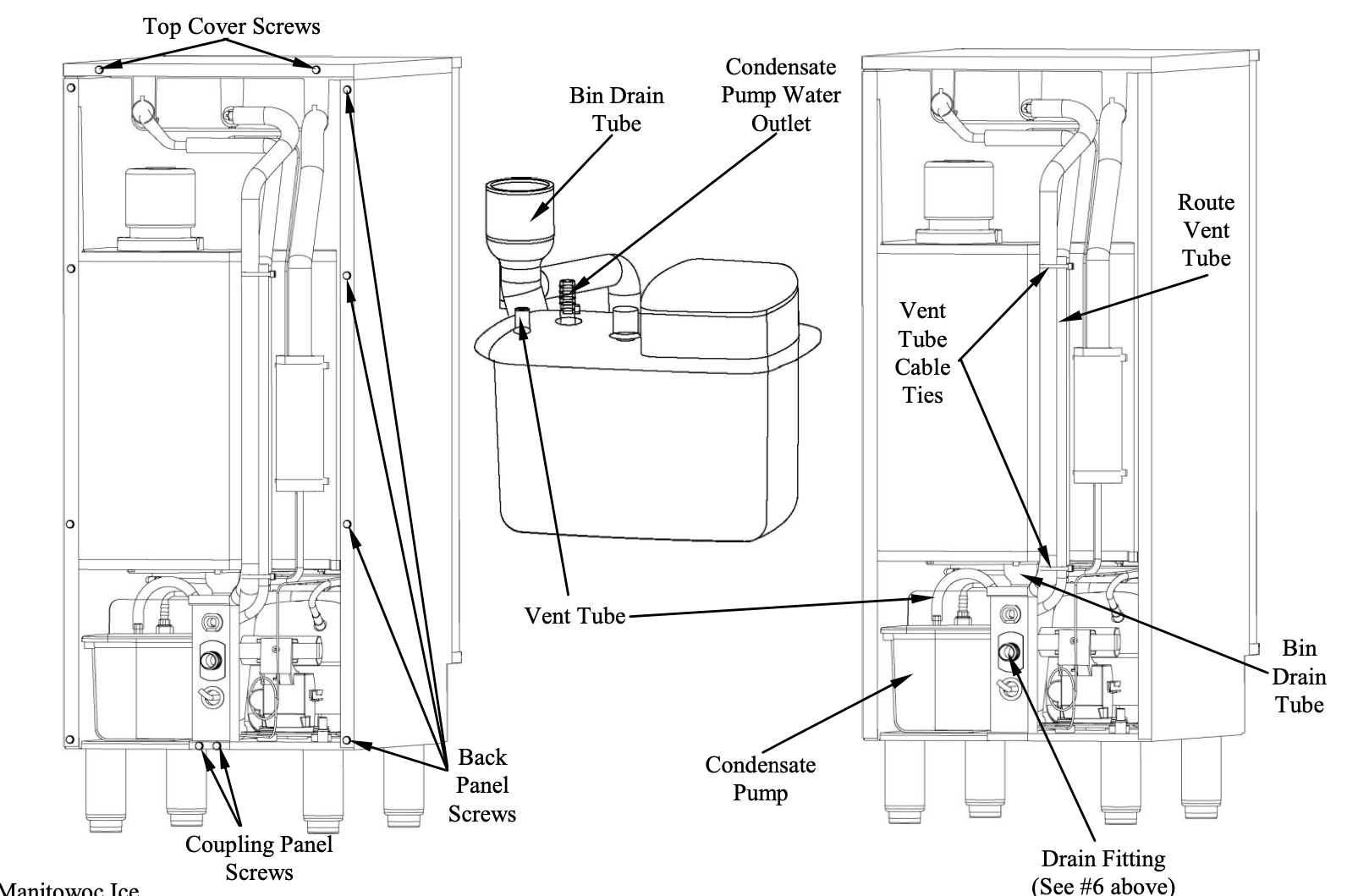We just did some remodeling and we've added an ice machine with a pump next to the dishwasher. The ice machine pump tied in right above the p trap under the sink. However, this causes the p-trap to be constantly full of cold water, which then causes condensation and dripping into the sink cabinet.
The plumbers came by and their solution was to swap the ice machine tie-in with the dishwasher tie-in (which is when I realized that they had originally installed the dishwasher after the trap). I'm now concerned that sewer gas will be leaking into the ice machine since it's after the trap, but the plumbers said that since both the ice machine and dishwasher have pumps with check valves, that it wasn't a problem.
Advice?
The plumbers came by and their solution was to swap the ice machine tie-in with the dishwasher tie-in (which is when I realized that they had originally installed the dishwasher after the trap). I'm now concerned that sewer gas will be leaking into the ice machine since it's after the trap, but the plumbers said that since both the ice machine and dishwasher have pumps with check valves, that it wasn't a problem.
Advice?
Last edited:


